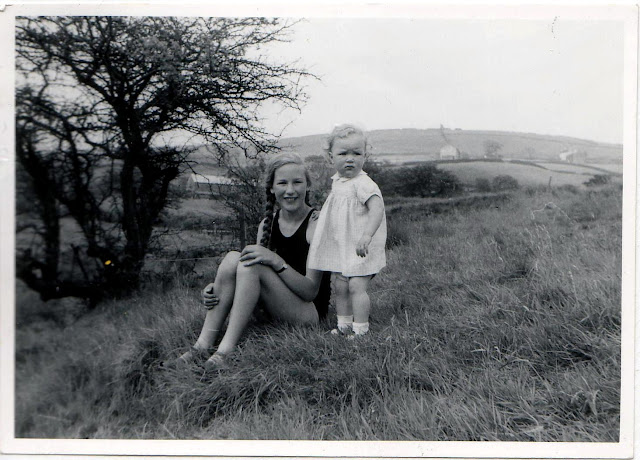The story of the Tippler toilet and the clouds of ash!


You can see it on Google Maps.
The last house on the right with an outhouse attached, is number 12, where I spent my early years until I was 13 years old. The outhouse contained the toilet and next to it, the dustbin shed. There used to be a small wooden door in the outer wall of this shed, for the dustbin men, or the "ash chaps" as they were then known, to be able to open and collect the bin, and take it to the cart at the bottom of the street.
This was no mean feat, given the gradient!
I cannot recall what on earth happened in the wintertime, when the cobbles were frozen solid or there was snow covering the ground!
We had coal fires then, and each morning when my dad got up early, before he went to work, he would clear out the remains of the ashes from the previous evening and take them out to the yard to deposit in the dustbin.
The story goes, ( and the continuing saga of the volcanic ash, April 2010, has prompted me to write about it) that one morning after a night of little sleep, due to one of his young daughter's keeping him awake, he went off down the yard in a stupor, and duly deposited all the ashes in what he thought was their usual place!
He found himself completely enveloped in hissing steam and with misted up glasses!
By this time he had fully woken up, and realised what he had done.
He had thrown the whole of the still extremely warm ashes down the tippler toilet..........!!
I have added a link about tippler toilets which explains how they were made and how they functioned.
It used to frighten me when I was small as it was such a long drop down from the seat. I am not surprised then that children sometimes fell in! It was like some deep dark mysterious well. And when the pan at the bottom tipped the contents into the drain it made a noise that scared me stiff if I happened to be sitting on the seat at the time!
In winter our parents kept a small paraffin heater lit in this outside loo, situated down the yard.
 |
| "Dolly tub" |
How we take all our mod cons for granted now!










































2 comments: